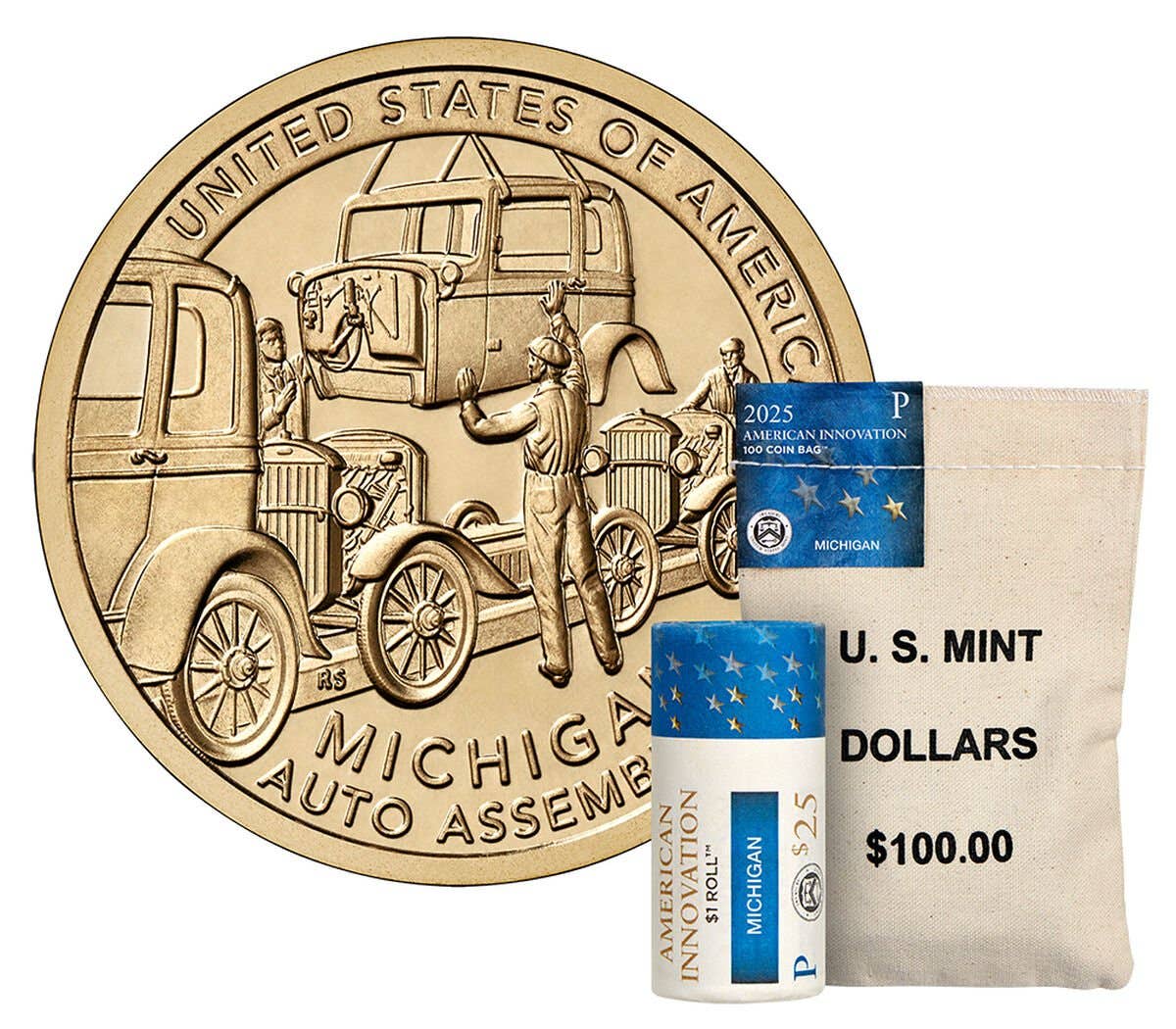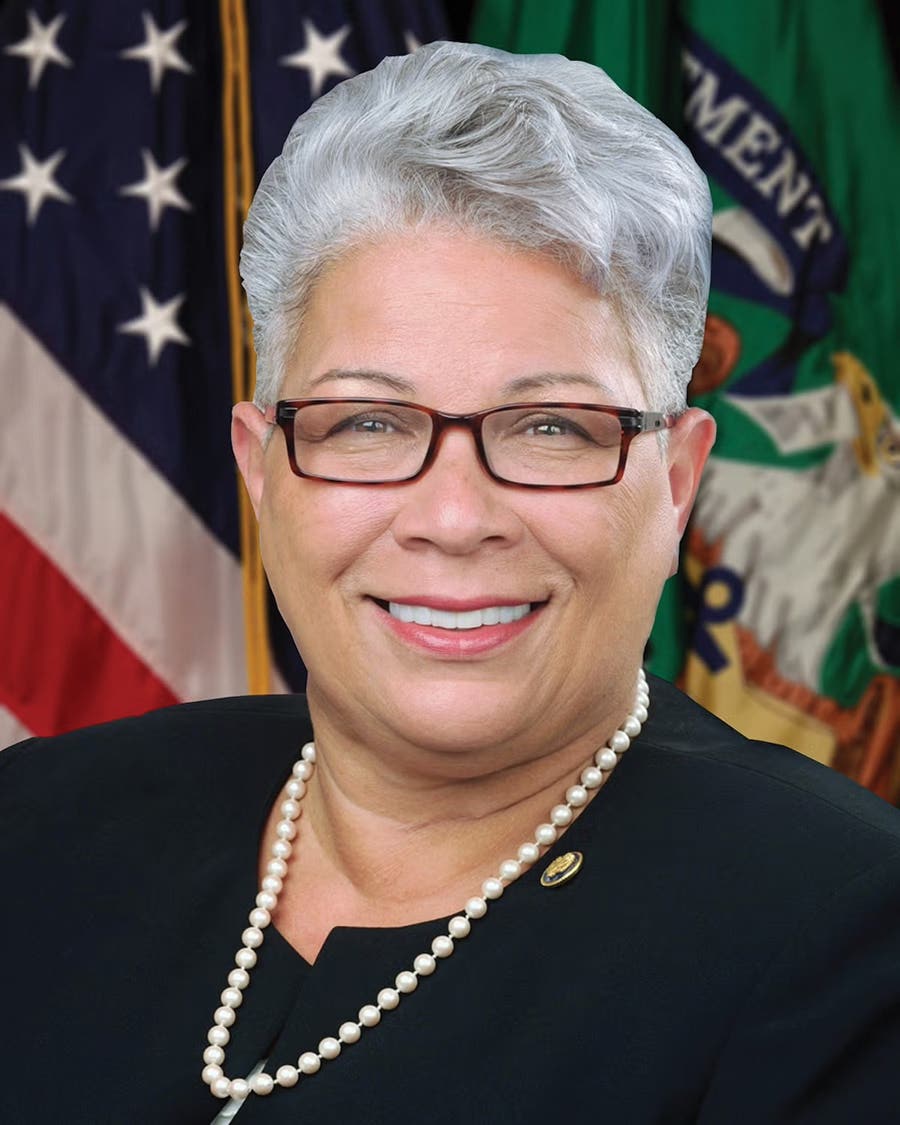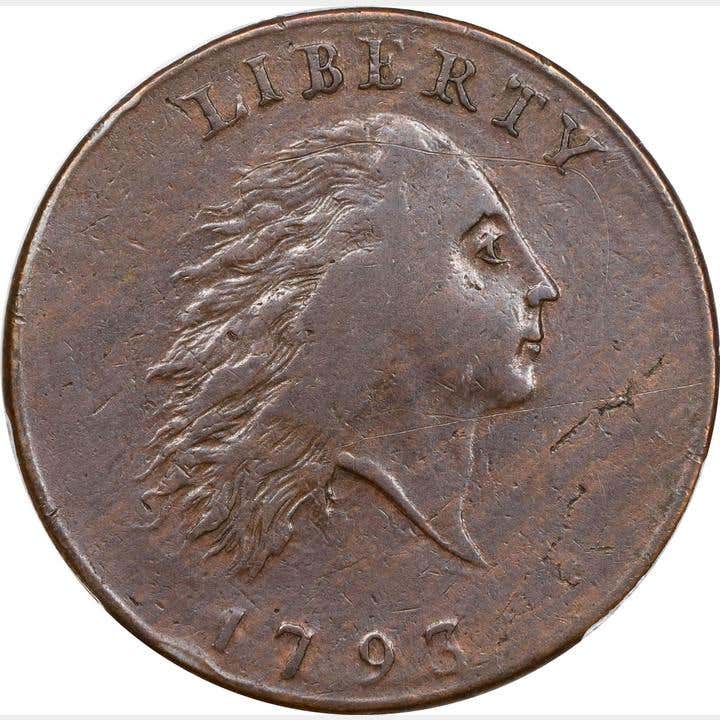When Experts Disagree on Authenticity
Some days the world seems upside-down with seemingly genuine coins being fakes and absolutely genuine coins judged to be counterfeits. This column is a tale of both. I don’t wish…
Some days the world seems upside-down with seemingly genuine coins being fakes and absolutely genuine coins judged to be counterfeits. This column is a tale of both. I don’t wish to scare readers as I have experienced what fear and misinformation can do to an entire series of coins. In the 1970s, one distinguished coin authenticator nearly killed the demand for British Trade dollars and Pillar dollars in this country by his published assertions that there were very deceptive fakes being sold as genuine everywhere in the American coin market. This was not the case. However, it has been said in humor that counterfeits have been around ever since the first coins were struck, and that is probably true.
I have been a professional coin authenticator for a long time. I can honestly say that what once had become a very easy determination after a little experience regarding American coins is now much more difficult. The fact that very deceptive counterfeits have passed as genuine at major third-party grading services (TPGS) attests to my claim. Thus, it is not as much “fun” in the grading room as before, but it has become a more rewarding challenge.
In my opinion, we are beginning to approach a period in American coin authentication that the knowledgeable professionals dealing with ancient coins have been cursed with in previous decades. The increasing numbers of “No Decision” specimens I hear about where opinions are divided. We have not reached that alarming period in time yet with U.S. coins, although the Trade dollar series has become the first victim of many of those “No Decision” results. Those ancient collectors around in the 1980s know exactly what I’m writing about. What happens when the battle lines are drawn and two groups of experienced, knowledgeable professionals line up against each other with 100 percent opposite opinions about a group of coins? One group claims it is a 100 percent genuine hoard while the other swears it is a group of newly made deceptive counterfeits. Similar cases occur inside a TPGS – even when outside “experts” have been consulted. From personal experience, any wise authenticator knows they must evaluate the “worth” of any consultants’ opinion as well as that of their in-house co-workers.
Recently, there are some very deceptive $20 Saint-Gaudens on the market. They are deceptive enough to fool most dealers because they have reached the offices of the major coin wholesalers who know gold coins inside and out! They are the professionals who know what the rim, color and texture of the surface looks like on the genuine Saints from each date and mint. Morgan dollar experts can do the same thing. I finally got to see one of these fakes dated 1927. It looks perfectly genuine to me and even under magnification, nothing stood out that should alarm me about the coin – at first. Apparently, the wholesale dealer “kicked” the coin out of a larger batch because of its color and surface texture. That’s due to his experience examining hundreds of thousands Saints over the years with his unaided eye! As I looked at its third side, I saw what I needed to find to confirm his opinion. Remember, a coin has three sides. It is an obvious observation that I wish I had thought to express in the past, but its original author remains a mystery to me. I show a comparison of the edge letter style found on a genuine 1927 Saint and this counterfeit. Notice how crude the fake’s edge is. Unfortunately, you must have a comparison coin or know the style of the edge collar die for each mint and the dates it was used. At this point in time, the basic design elements of the obverse and reverse of deceptive counterfeits are good while the date numerals and edge details are “off” much of the time and even crude when compared side-to-side with a genuine piece. The weight of this counterfeit is correct, and it appears to be made of the correct gold alloy by its color, but I did not put a “gun” on it. I believe that starting sometime in the 1980s, the counterfeiters made their profit from a coin’s numismatic value rather than cheating on its alloy.
The other circumstance I mentioned in my opening sentence occurs when genuine coins are judged to be counterfeit. Most of these cases happen when some “expert” dealer becomes involved. Last week a major gold dealer asked if I wanted to see three counterfeit Liberty $5 gold coins, and I eagerly jumped at the chance. He knew they were authentic and I could see from a foot away through the plastic flips they were in that they were “naked eye genuine coins.” He was playing a trick on me. Nevertheless, I examined them and concurred with his opinion. It seems another dealer had returned these three coins out of a large batch of gold coins because they “failed” the Sigma test. All I can say for those dealers who need one of these tools is to make sure they are in good working order and you know how to use them!








